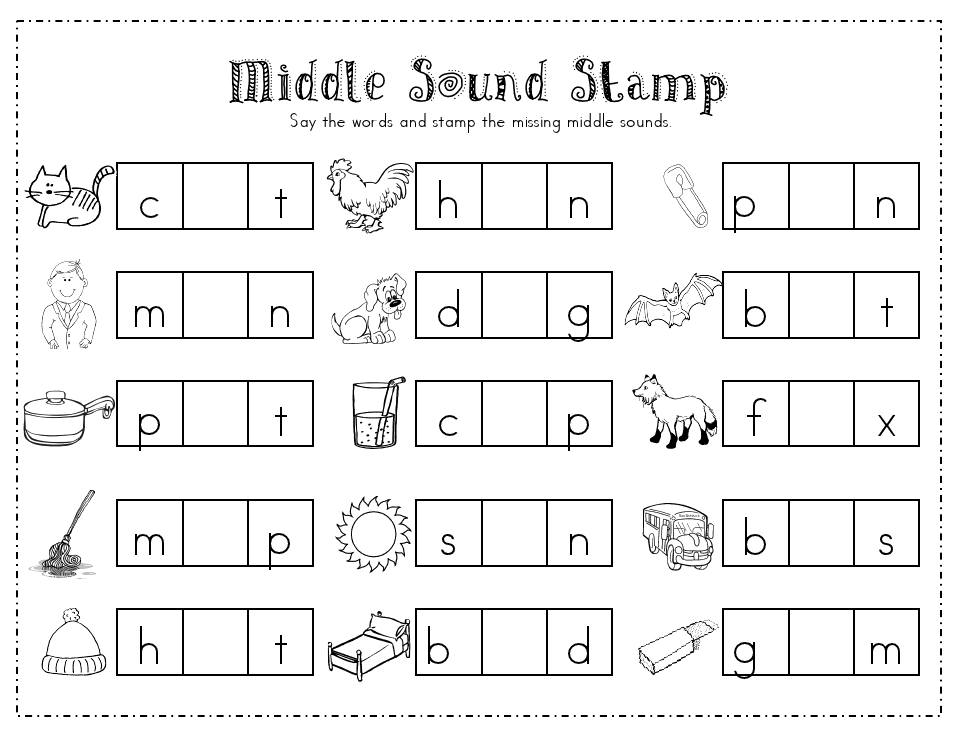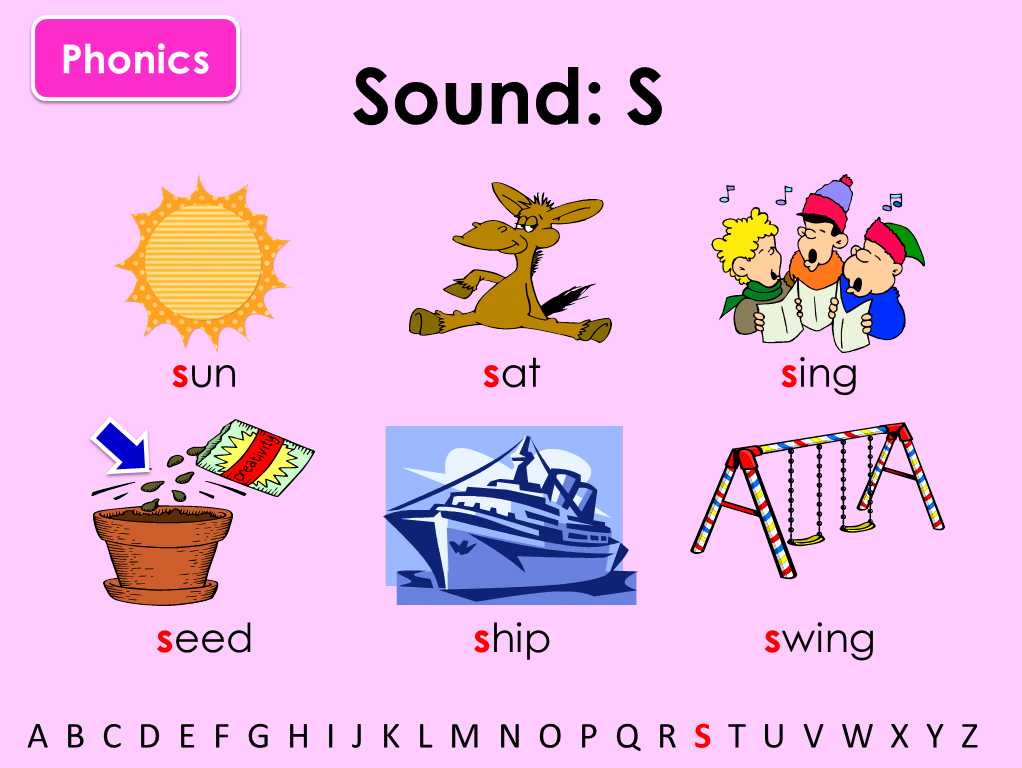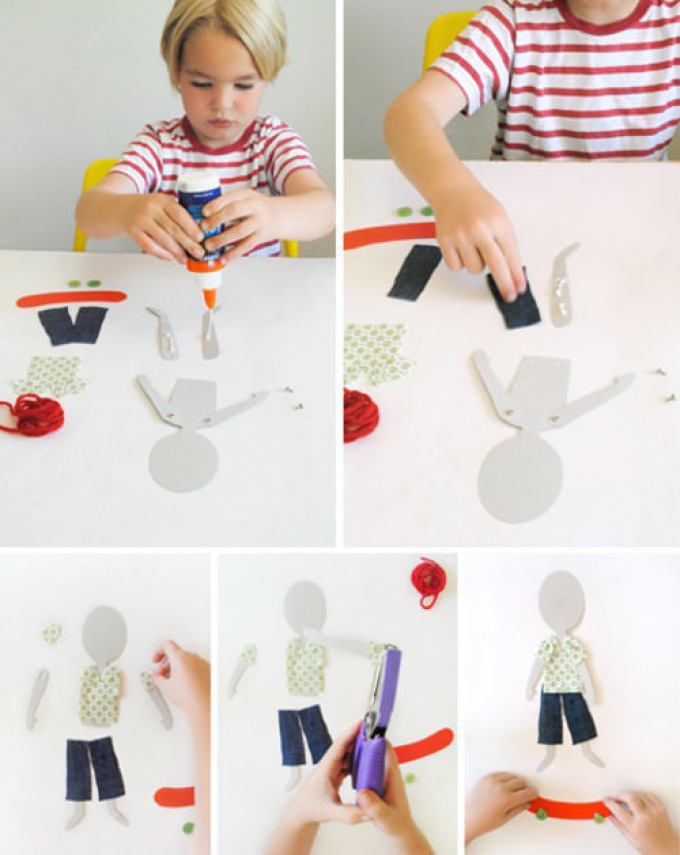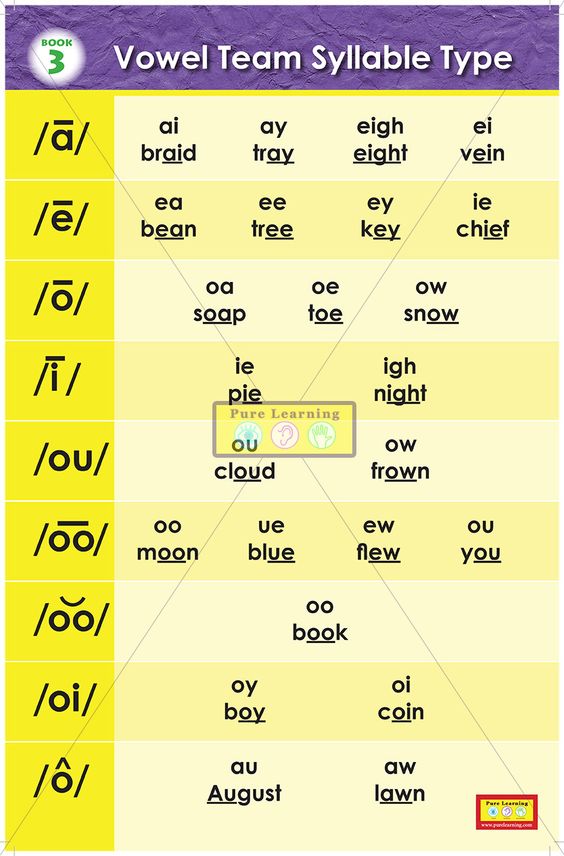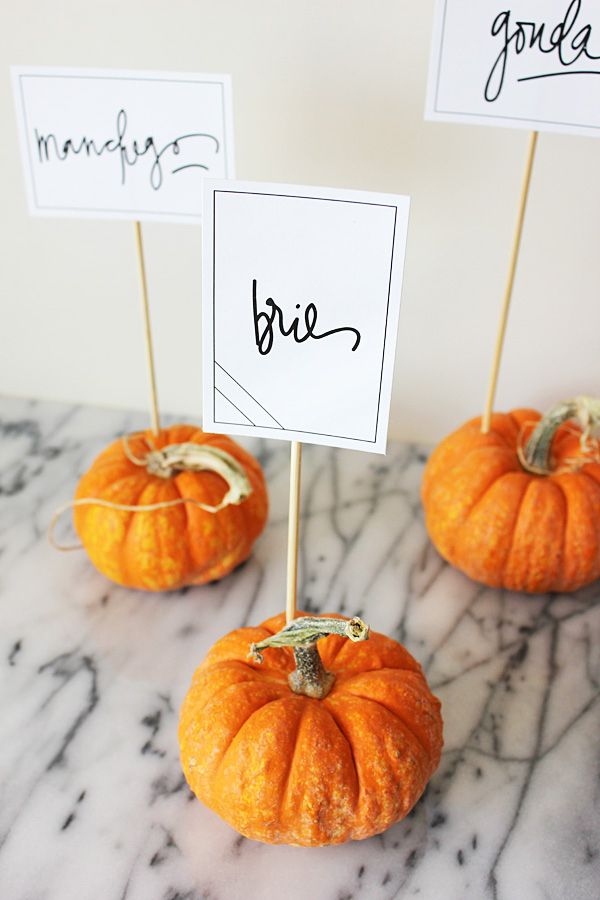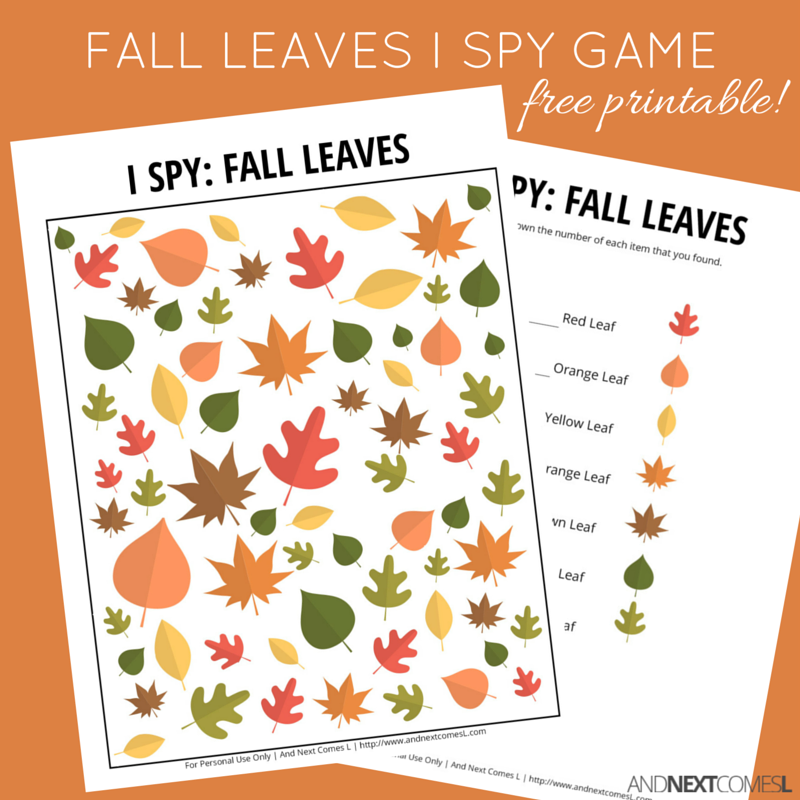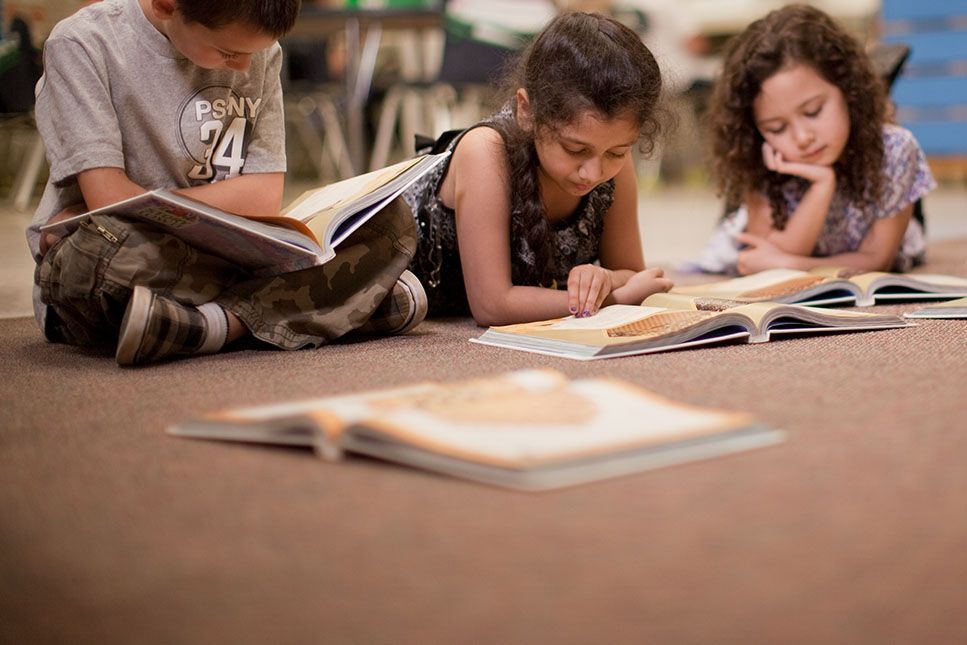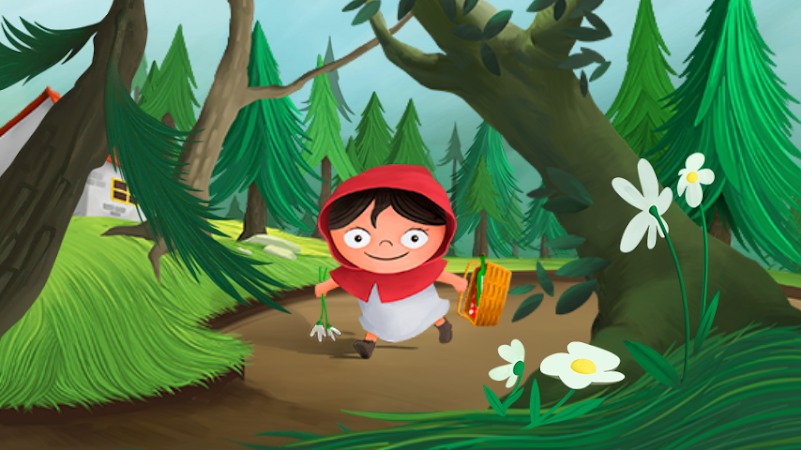Beginning sound activities kindergarten
Beginning Sounds Activities for Kindergarten
Curriculum | Featured | Letters & Letter Sounds | Reading
When learning to read, there are many phonemic awareness and phonics skills students must master. Learning letter names, letter sounds, and beginning sounds is key in helping students quickly decode and read texts. To give your students the exposure and practice they need, check out these beginning sounds activities for kindergarten.
Why is it Important to Teach Beginning Sounds?
When teaching students to read, it’s important for them to understand that words are made up of letters and sounds. This knowledge helps them read and write more fluently.
Phonemic awareness and phonics skills are key in kindergarten. Phonemic awareness skills are when students understand that words are made up of various sounds. Phonics skills are what correlates the sound of a letter to the written letter itself.
Begin with teaching phonemic awareness skills so students learn to listen for and differentiate the sounds in words.
It can be tricky for students to hear the middle and ending sounds in words at first, which is why starting with beginning sounds is so effective.
Digital Beginning Sounds Activities
Since it’s important for students to first understand what beginning sounds are and learn to listen for them in words, you need a variety of beginning sounds activities for kindergarten for them to practice with.
A great way to engage your students is with interactive digital phonemic awareness activities like beginning sounds Boom Cards. These Boom Card decks give students a variety of opportunities to practice listening for the same beginning sounds in words.
Plus with audio directions, audio picture names, and the self-checking feature, your students will be able to work independently with success.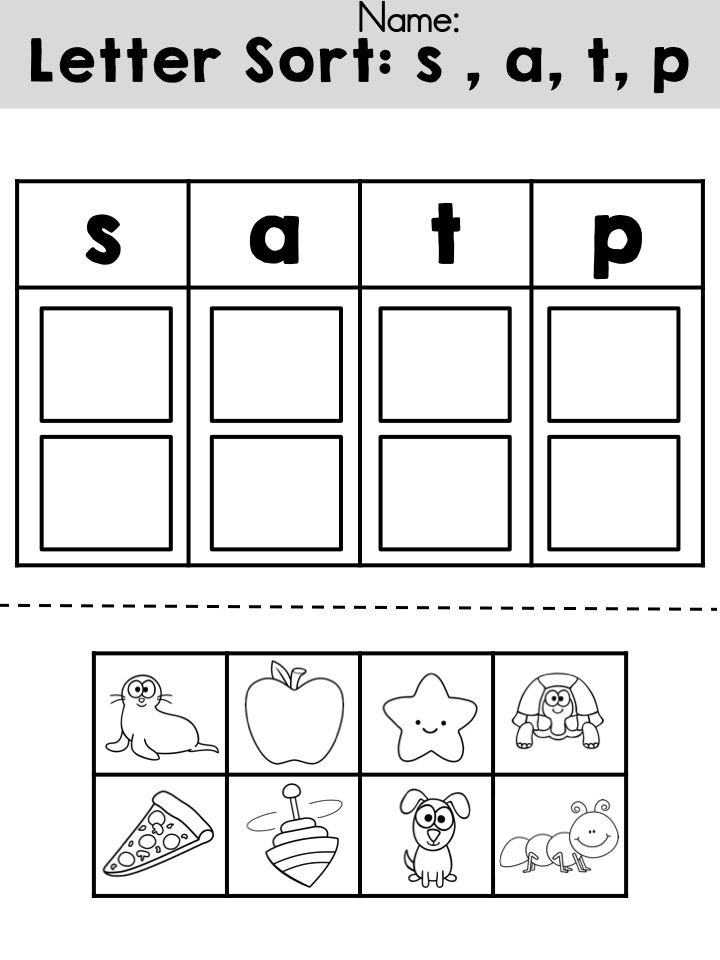
Hands-on Beginning Sounds Activities
Mastering beginning sounds takes a lot of practice and exposure. Therefore, you need a wide array of hands-on beginning sounds activities for kindergarten that your students can work with.
You can incorporate these hands-on activities into your morning tubs, literacy centers, or fast finisher activities. This is a great way to keep your students practicing their skills throughout the day.
Letter Sound Mats
One of my favorite ways to practice beginning sounds is with letter sound mats and magnetic letters. Students will say the picture name aloud, identify the beginning sound, and match the correct magnetic letter to the picture.
If you have a set of picture cards and magnetic letters, you can simply have students flip a card, identify the beginning sound, and match the letter.
Build the Sound Mats
Another great beginning sounds activity for kindergarten is build the sound mats. This activity allows students to identify the beginning sound in the picture and build the letter using manipulatives.
Students will get extra fine motor practice as they work on both phonemic awareness and phonics skills.
Beginning Sound Mazes
Another fun way to switch up the learning is to use beginning sound mazes with your students. As they cover the letters that make the focus sound on the mat, they’ll work their way through the maze.
This makes learning feel like a game for students, which is a sure way to keep them on task, engaged, and motivated.
If you loved these hands-on beginning sounds activities for kindergarten, you can grab them all plus more in my Beginning Sounds and Letter Sounds Bundle!
No Prep Beginning Sounds Activities
While using digital and hands-on beginning sounds activities is key, it’s also nice to keep a good stash of no prep activities on hand.
Add these no prep beginning sounds activities to your morning work, independent literacy stations, or keep them in a sub tub. They also make great time filler activities if you have a few minutes between activities.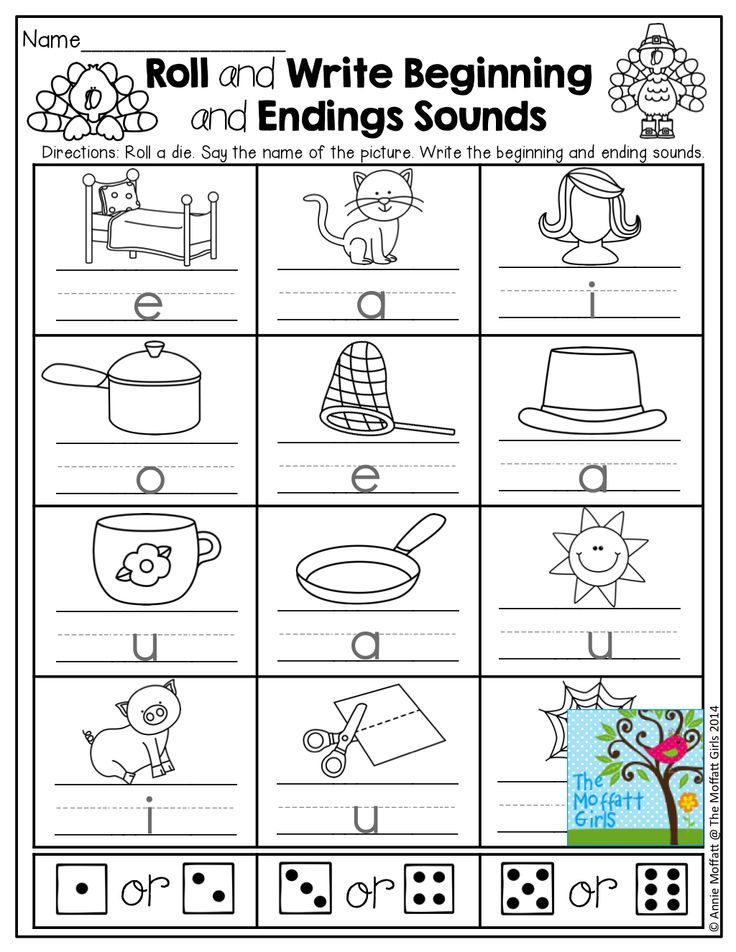
If you need a quick way to assess your students on beginning sounds, you can use these no prep activities as an informal assessment as well.
How to Assess Your Students on Beginning Sounds
As your students learn and grow their beginning sounds skills, you want to assess them frequently. This allows you to see which beginning sounds they are mastering and which sounds they need help with.
Using beginning sounds picture cards and a checklist is a great way to gauge your students’ understanding. You can monitor students quarterly, monthly, or every 2 weeks if they need more support.
Beginning Sounds Assessment Freebie
To make assessing your students on beginning sounds and letter sounds easy, I created an assessment freebie for you.
This freebie includes a beginning sounds assessment checklist and beginning sounds pictures. There is also a letter sounds assessment page and checklist to help you assess your students’ uppercase and lowercase letter sound recognition.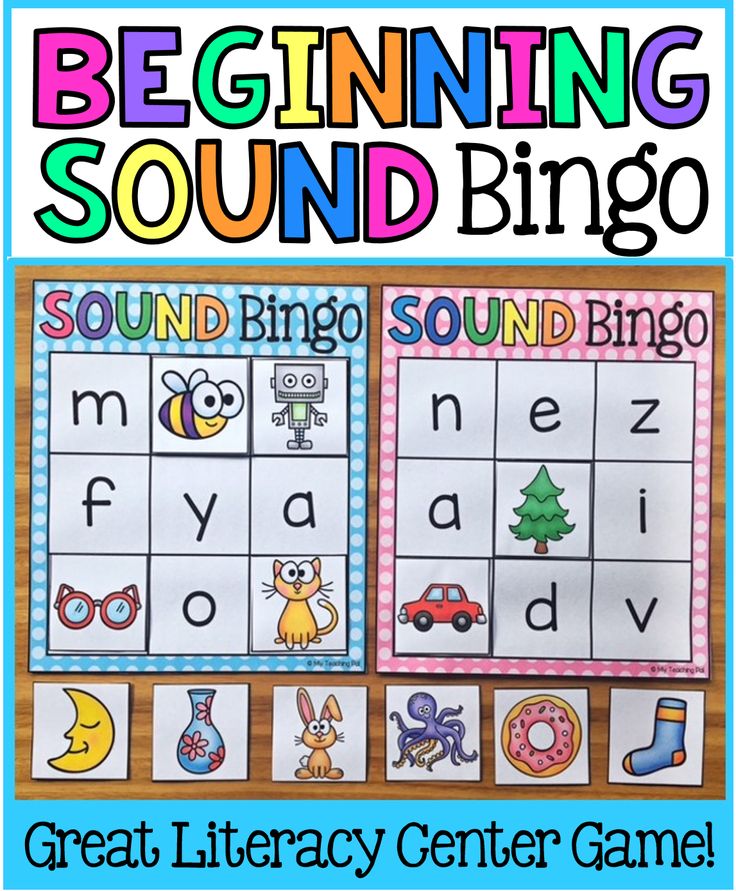
You can fill out the form below to get the beginning sounds and letter sounds assessment freebie sent directly to your inbox!
I hope these beginning sounds activities and assessments for kindergarten make learning more fun and effective in your classroom!
Post Tags: #beginning sounds#Freebies#letter sounds#literacy#literacy centers#reading
Similar Posts
25 Beginning Sounds Activities and Printables
These beginning sounds activities give young children the chance to practice important phonemic awareness and phonics skills. Be sure to add them to your master list of literacy activities for preschoolers!
Recognizing how sounds are the same, and how they’re different, is referred to as sound discrimination. Hearing the first sound in words is one aspect of sound discrimination, and it’s an important phonemic awareness skill. It helps children to pay attention to the sounds they hear, and it aids them in learning letter sounds down the road.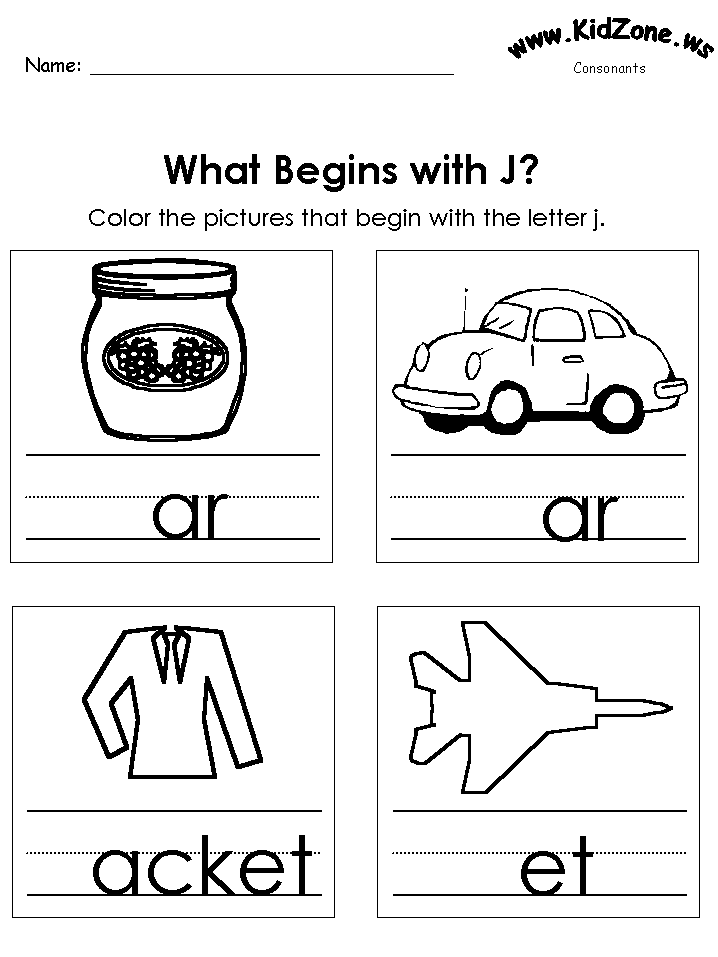
Below, I share a variety of beginning sound discrimination ideas for young children. Some are purely oral language activities, focusing only on the sounds in spoken words.
Others are beginning sounds activities that incorporate letters. While these are inherently phonics-based activities, more research has come out indicating that pairing letters with phonemic awareness activities is beneficial. It is important to remember that language development, learning to read, and learning to write include a multitude of skills that interweave to create a literate person.
Related: Spring Printables for Preschoolers
Table of Contents
How to Teaching Beginning SoundsBefore I jump into the beginning sounds activities, I wanted to talk about HOW to teach initial sounds. Because they do need to be taught. While kids can pick up a lot from being read to, carrying on conversations, and observing those around them, explicit literacy instruction (at all levels) is very important.
That being said, this instruction doesn’t need to happen for hours at a time while children are sitting at a desk. For young children, especially, that just won’t work. So here are some tips for teaching children about beginning sounds:
- Explain and model in a succinct manner. Short and sweet direct instruction!
- Scaffold the children along the way. Your support is imperative.
- Incorporate lots of hands-on activities and games.
- Let the children move as they learn.
- Keep it going throughout the year. This isn’t a “one and done” topic.
- Make things meaningful to the children as much as possible.
- Use visuals!
- Don’t forget conversations and songs.
The above tips can really be applied to all phonemic awareness activities! What would you add to the list?
Beginning Sounds ActivitiesNow let’s get into the initial sound ideas! As I mentioned earlier, some of these will be solely focused on oral language while others will bring in the alphabet.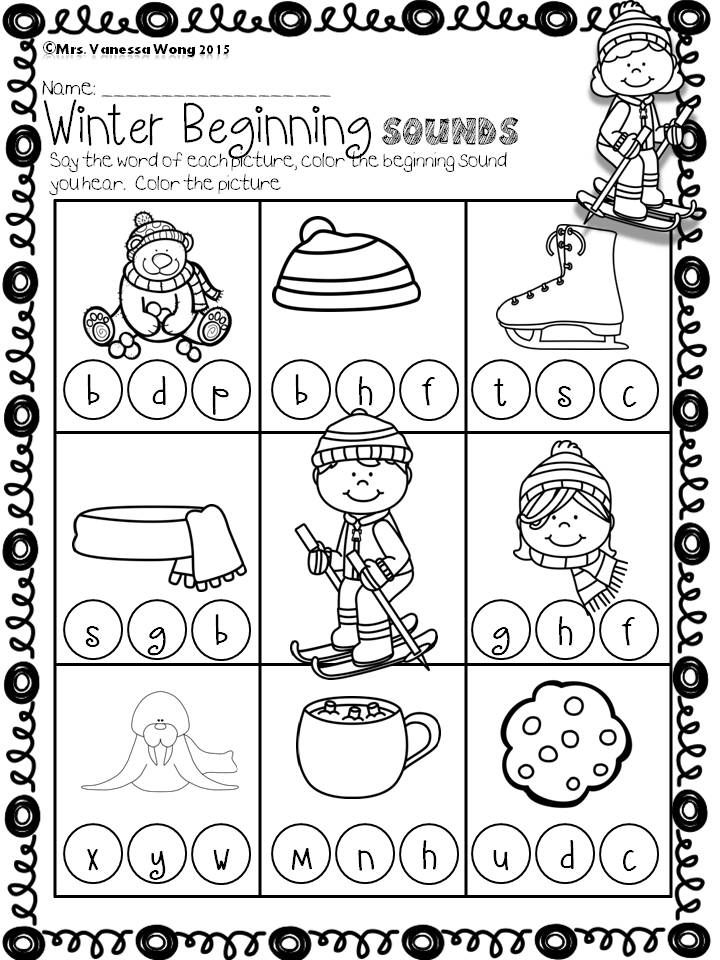 I separated things into categories for you. That way, you can find the activities that best meet the needs of your individual students.
I separated things into categories for you. That way, you can find the activities that best meet the needs of your individual students.
First up are activities that are 100% phonemic awareness. Click on the links below to read more about each of the ideas and, in some cases, grab the free printables.
The St. Patrick’s Day beginning sounds printable is the beginning of a series focused on initial sound games for preschoolers. I’ll be adding more to the series throughout the year, so do check back!
The Measured Mom has a set of sound clip cards ready for your kids. You can use them with clothespins or math manipulatives.
Grab your own set of printable beginning sounds bingo cards from Growing Book by Book.
Related: Syllable Activities
You’ll find a fun initial sounds sorting game over on Pre-K Pages. I love that this activity uses simple materials you might already have.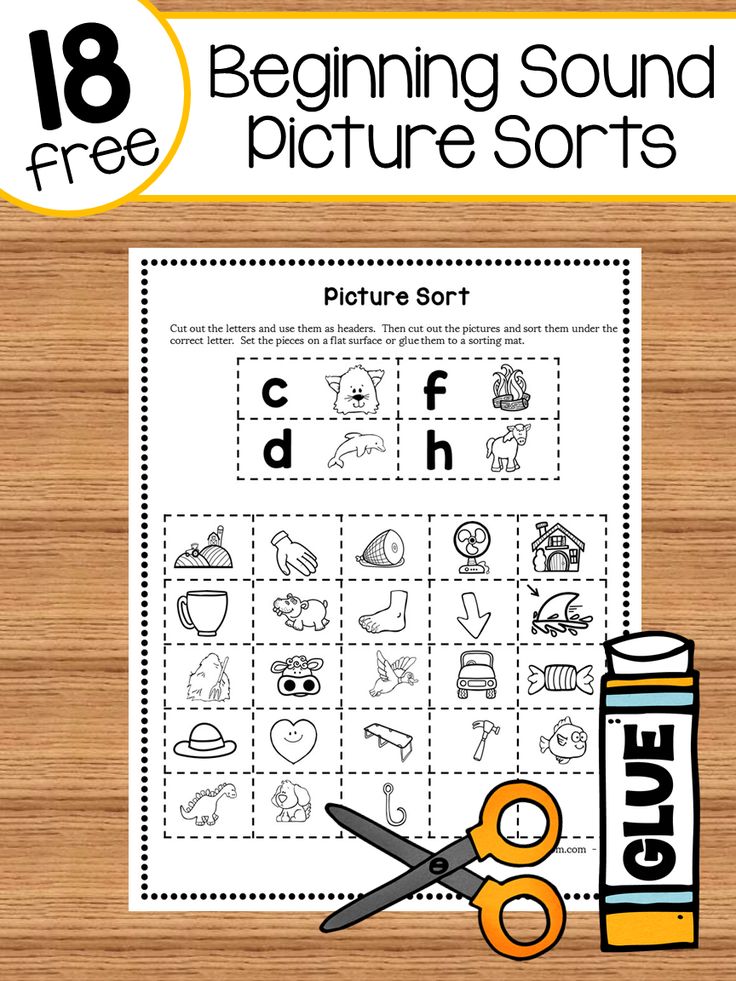
Play This Reading Mama’s letter sounds tic tac toe with your students! What a unique way to practice matching beginning sounds.
Make a beginning sounds book based on family or classroom members like Growing Book by Book. Then be sure to read it over and over again once it’s done!
Super Simple Initial Sounds ActivitiesI also want to share some beginning sounds activities that you can easily weave into your day. These are fast and easy and don’t require much prep.
Incorporate the initials sounds into transitions. “Line up if your name starts with /m/.”
Play a guessing game, “I’m thinking of a name that begins with /s/.” Or, “I spy something that starts with /d/.”
Challenge the children to a beginning sounds scavenger hunt based on their own names. You might need to double-check there’s something available for everyone beforehand.
Practice gross motor skills with a beginning sounds bean bag toss. Place a few images on the floor. Kids toss a bean bag at the image that starts with a sound you say.
Kids toss a bean bag at the image that starts with a sound you say.
Use children’s pictures, real photos of common items, and/or store-bought picture cards for picture sorts.
Make up a song! Here’s an easy one, to the tune of “Do You Know the Muffin Man”
Do you know what starts with /m/,
Starts with /m/,
Starts with /m/?
Do you know what starts with /m/?
Let’s say a word!
Tie the initial sounds into what you’re learning about (butterflies, for example). Say two words. If the words have the same beginning sounds, kids can flap their “wings” like butterflies.
Make a “feed the monster” game by cutting a hole in a shoebox top. You can even go all out and decorate it like a monster. Kids can only feed the monster pictures of things that start your chosen sound.
Play a listen and clap game. Kids clap if you say two words that start the same. Otherwise, they don’t clap.
Challenge the children to a “what’s different?” game.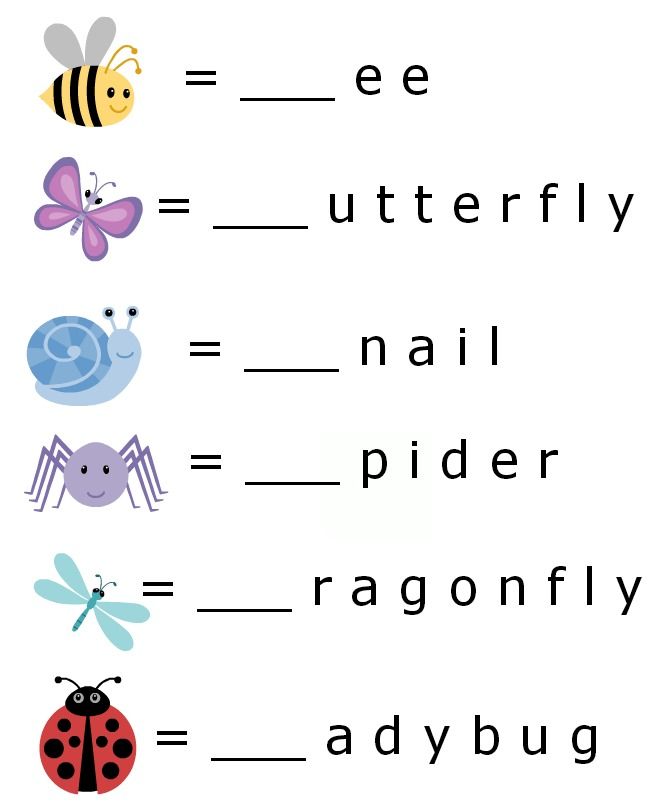 Place a few pictures or objects out. The kids have to determine which one doesn’t start the same as the others.
Place a few pictures or objects out. The kids have to determine which one doesn’t start the same as the others.
Now let’s talk about beginning sounds activities that incorporate letters. You can definitely tweak these ideas and remove the letters if that’s what you prefer!
Related: Magnetic Letter Sorting
Use Fantastic Fun and Learning’s free printable to go on a dinosaur beginning sounds scavenger hunt. Little paleontologists will get a kick out of this one.
Bring out the play dough for Modern Preschool’s identify and stamp activity. Perfect for your collection of cookie cutters.
Your little builders will have a blast hammering beginning sounds with ABCs of Literacy. Definitely add this to your next construction theme.
Related: Simple Early Literacy Activities
Growing Book by Book’s beginning sound pancakes would be fun in the dramatic play center.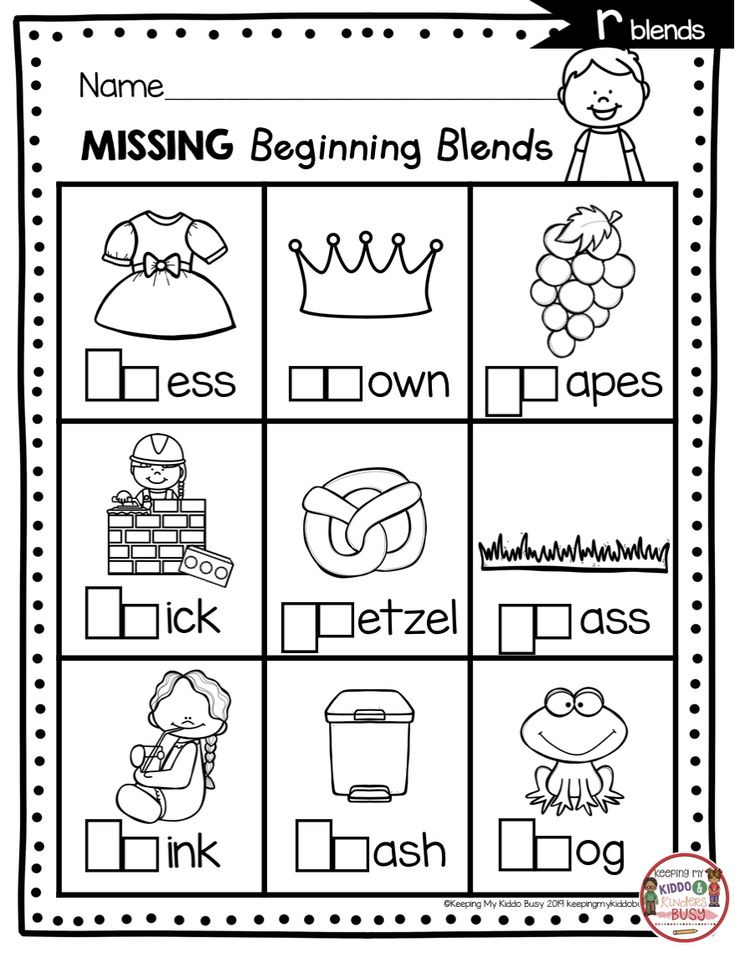 Everyone can have a pancake that starts with the same sound as their name!
Everyone can have a pancake that starts with the same sound as their name!
Or make a set of beginning sounds sticks like Pre-K Pages. Lots of fine motor practice to be head here, too.
Add in some tactile learning with Stay at Home Educator’s initial sound object matching.
Set up a Busy Toddler’s sound matching sensory activity with your favorite sensory materials as the base.
Royal Baloo’s planet beginning sound clip cards would be great as part of a preschool space theme.
Challenge the children to a sound scavenger hunt like Frugal Fun for Boys. Then have them sort what they found onto the appropriate letters.
Materials for Your Initial Sound LearningNow that you have so many ideas for your own beginning sounds activities, let’s chat materials. I love that you can use what you have on-hand, or grab a free printable, for many of the activities shared here. I’m a big fan of using what I’ve got!
But if you want to expand on the items you use for teaching initial sounds, I’ve got some ideas for you (I may get commissions for purchases made through links in this post):
- Interactive alphabet sounds posters and books
- Letter picture games
- Alphabet and sound magnets
- Letter sound games
- Language miniature objects
Let Preschool Teacher 101 save you time with fully-developed preschool resources! We have a wide variety of resources from lesson plans to STEM challenges to math activity packs.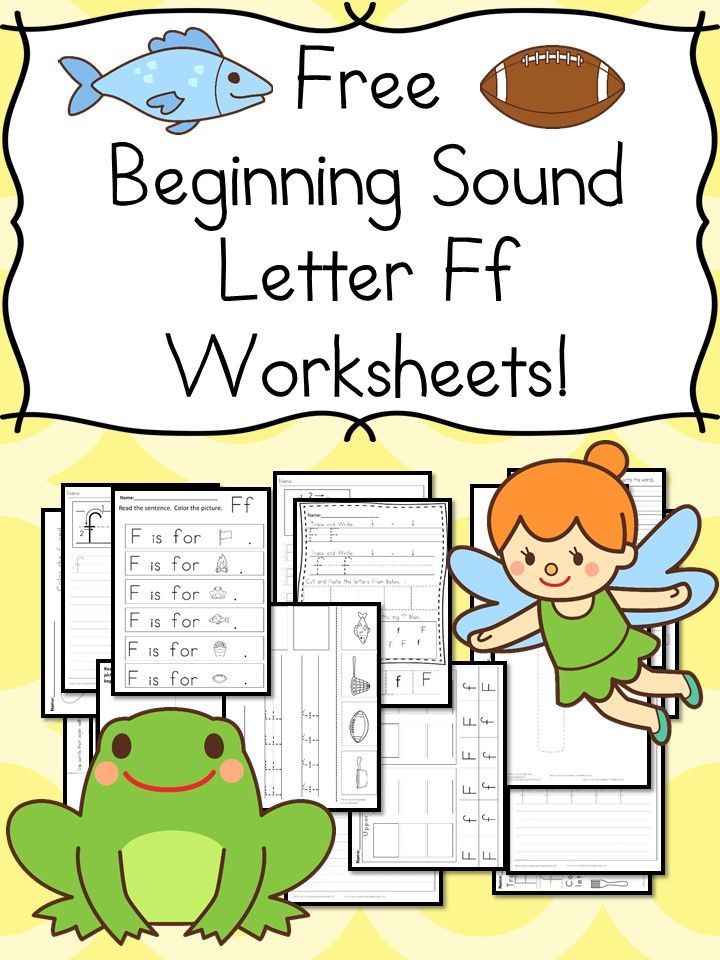
We also have some phonemic awareness materials, like this beginning sounds pack that you can use as online OR printable games. Click on the image below for more information:
Beginning Sounds 4-in-1 Activity PackHere are a few more alphabet-centered literacy resources for you:
Alphabet Puzzles: Letters & SoundsLetter Fluency Strips & GameLowercase Letter PuzzlesBe sure to join the waiting list for The Pack from Preschool Teacher 101 today! Members get access to more, and there are multiple membership options to choose from.
Originally published February 2015.
MBDOU "Kindergarten No. 63". Recommendations for parents "Teaching children the sound-letter analysis of words"
Recommendations for parents
"Teaching children the sound-letter analysis of words"
A few decades ago, children who did not know how to read and write.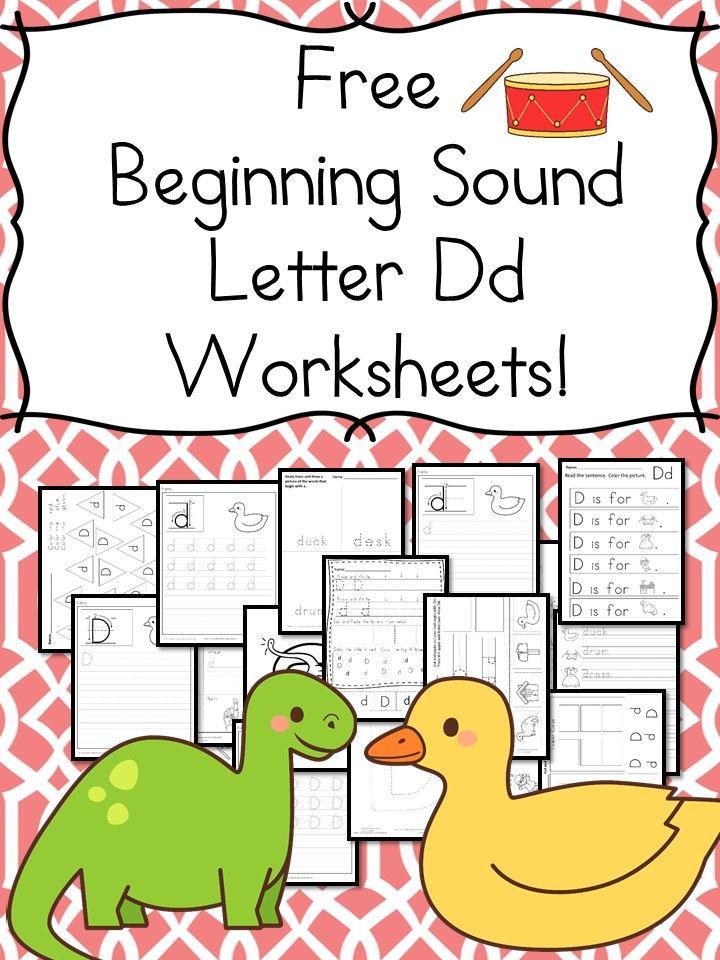 The modern rhythm of life requires a thorough preparation of the child for school, so that his intellectual development during the school years is more successful.
The modern rhythm of life requires a thorough preparation of the child for school, so that his intellectual development during the school years is more successful.
In the preschool years, the child undergoes intensive mental development: he masters speech, gets acquainted with the richness of the sound, lexical and grammatical composition of the language.
Sound-letter word analysis, an integral part of literacy education.
This skill begins to form in kindergarten in the senior group and continues throughout the entire period of study.
Sound-literal analysis of the word is the basis of both reading and writing. However, very often such an analysis of the word causes difficulties not only for children, but also for parents. Therefore, let's try to determine what this operation includes, and how to help the child master it better
Our goal is to acquaint a preschooler with a word - its semantic (a word denotes a certain object, phenomenon, action, quality) and phonetic or sound side (the word sounds, consists of sounds following in a certain sequence, has syllables, one of which is stressed, etc.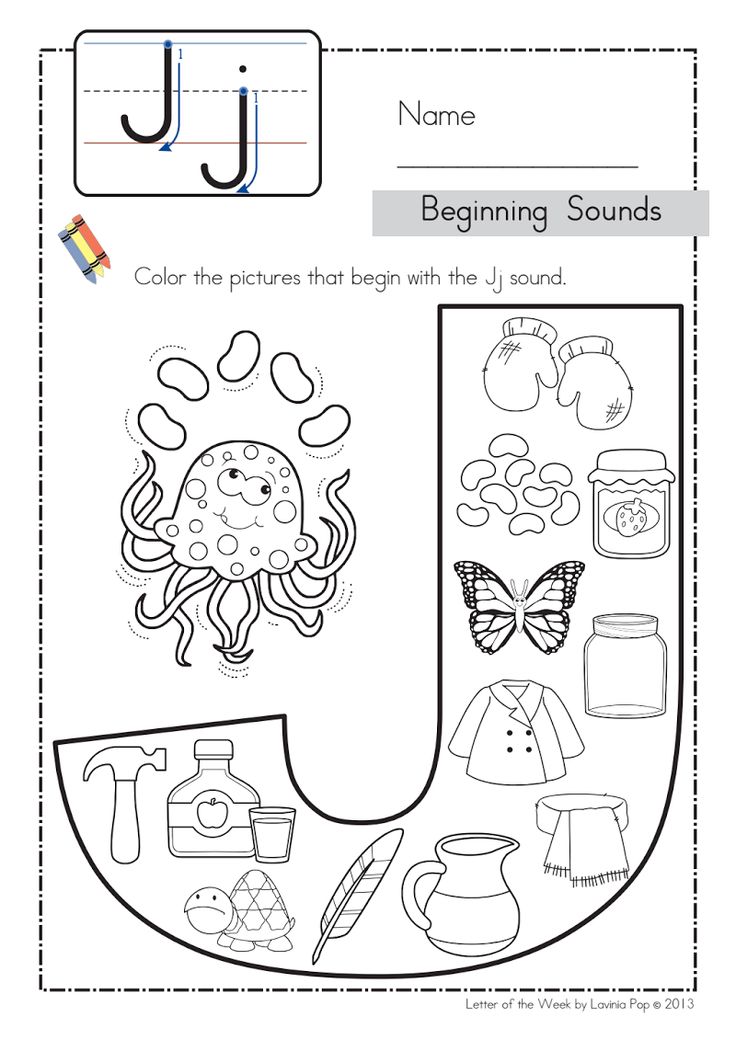 . P.).
. P.).
Children with problems in speech development, who have impaired pronunciation of phonemes and their perception, especially experience difficulties in sound analysis and synthesis. They can be expressed in varying degrees: from mixing the order of individual sounds to a complete inability to determine the number, sequence or position of sounds in a word.
Teaching children to read and write in kindergarten is carried out using the analytical-synthetic method. This means that children are first introduced to the sounds of their native language, and then to the letters.
Teaching the sound analysis of a word is the main task of the stage of preparation for learning to read and write and involves: determining the number of sounds in a word, the phonetic characteristics of sounds (the ability to differentiate vowels and consonants, voiced and deaf, hard and soft, determining the place of a sound in a word.
Dear parents, remember :
There are concepts of "letter" and "sound".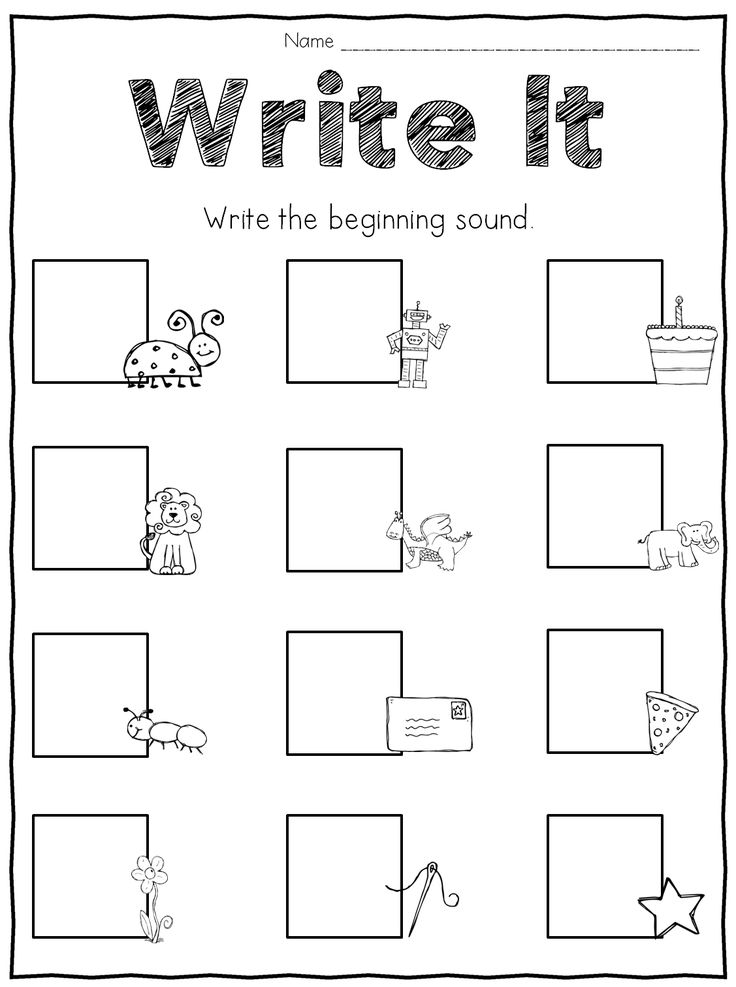
Sound - we hear and pronounce.
We see, write and read letters.
Sounds can be vowels and consonants.
Vowel sounds can be sung with the voice, while the air coming out of the mouth is not obstructed.
Consonant sounds - sounds that cannot be sung, because the air coming out of the mouth when they are pronounced meets an obstacle.
Six vowels: A U O I E S
Ten vowels : A U O I E S - correspond to sounds and four iotated, which denote two sounds: Ya-ya, Yu-yu, E-ye, Yo-yo.
Vowels are marked in red on the diagram.
Consonant sounds are deaf and voiced. A dull sound is formed without the participation of vocal folds, we explain to children that when we pronounce
a dull sound, the voice is asleep, and when pronouncing sonorous sounds, the voice rings (Put your hand on the neck or cover your ears with your hands) .
In the diagram, voiced sounds are indicated by a bell.
Voiced sounds: B, C, D, D, F, Z, Y, L, M, N, R.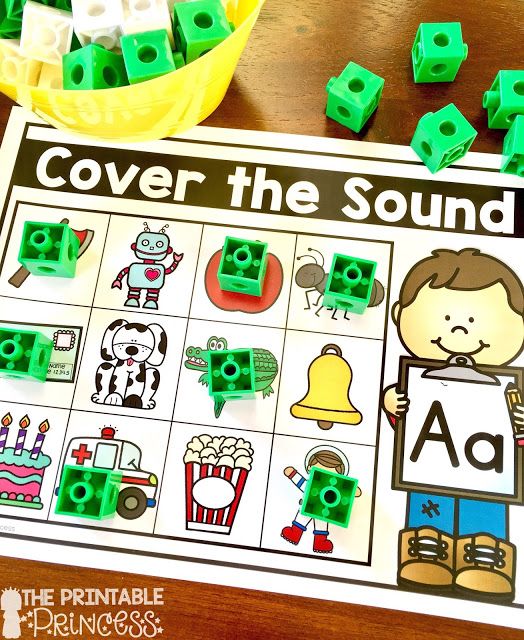 Ш,
Ш,
Consonant sounds are soft and hard.
Always hard hard consonants : Zh, Sh, C.
Always soft consonants : Y, Ch, Shch.
Preparation for word analysis has four steps:
- At the first stage of learning, children learn to distinguish the initial vowel from the composition of words: u-duck . Using the material of vowel sounds, children are given the first idea that sounds can be arranged in a certain sequence - an analysis of a series consisting of two or three vowels (aiy ).
- The second most difficult stage of preparation is the analysis and synthesis of reverse syllables of the type an, ut, ok. At the same time, children learn to isolate the last consonant from the end of the word (cat, poppy).
- The third stage of preparation for the analysis of the word is the selection of stressed vowels from the position after the consonants (house, tank).
- After these exercises, children easily master the fourth stage of preparation - the analysis and synthesis of a direct syllable like ca, and then the ability to isolate the first consonant from words.
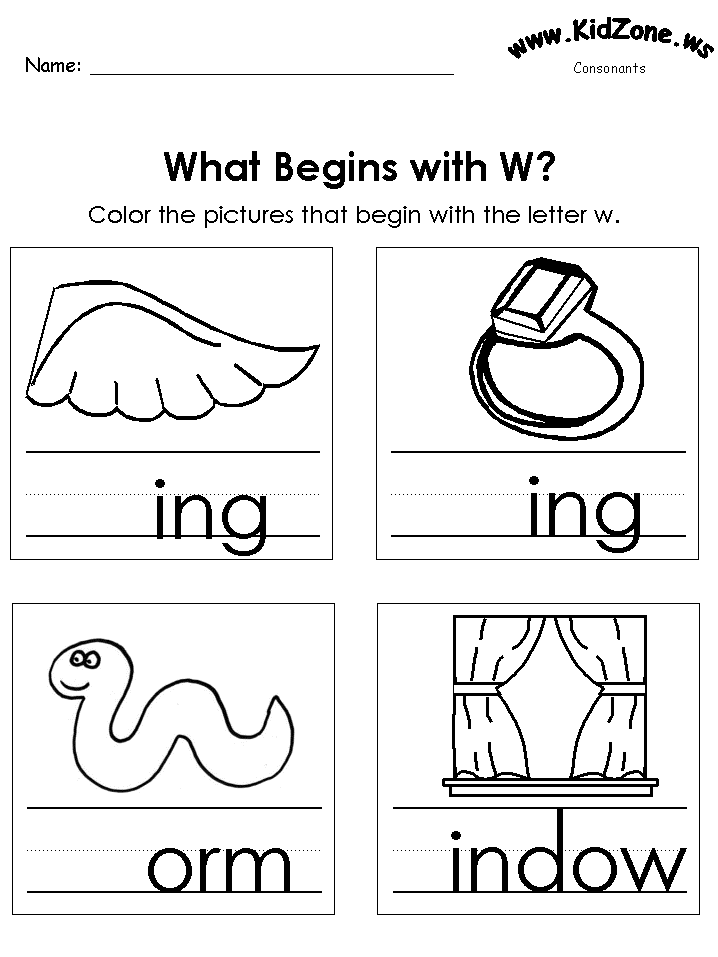
Only after mastering the 4 steps of the preparatory period, the speech child becomes ready for complete sound analysis and synthesis from
Sound analysis of words (method of action - algorithm)
1. Say the word and listen to yourself.
2. Select the first sound, determine whether it is a vowel or a consonant, mark it with a symbol. If the sound is a consonant, give it a description: voiced - deaf, hard - soft.
3. Select the second sound ... (step 3, and so on with each sound of the word).
4. Lay out the scheme (sound model) of the word on the table or draw it in a notebook.
Game "How many sounds are hidden in the word?"
Lay out the scheme of the word CAT.
- How many sounds are there in the word CAT? (There are three sounds in the word CAT)
- What is the first sound in the word CAT? (first sound [K])
- What sound [K]? (sound [K] consonant, deaf, hard) .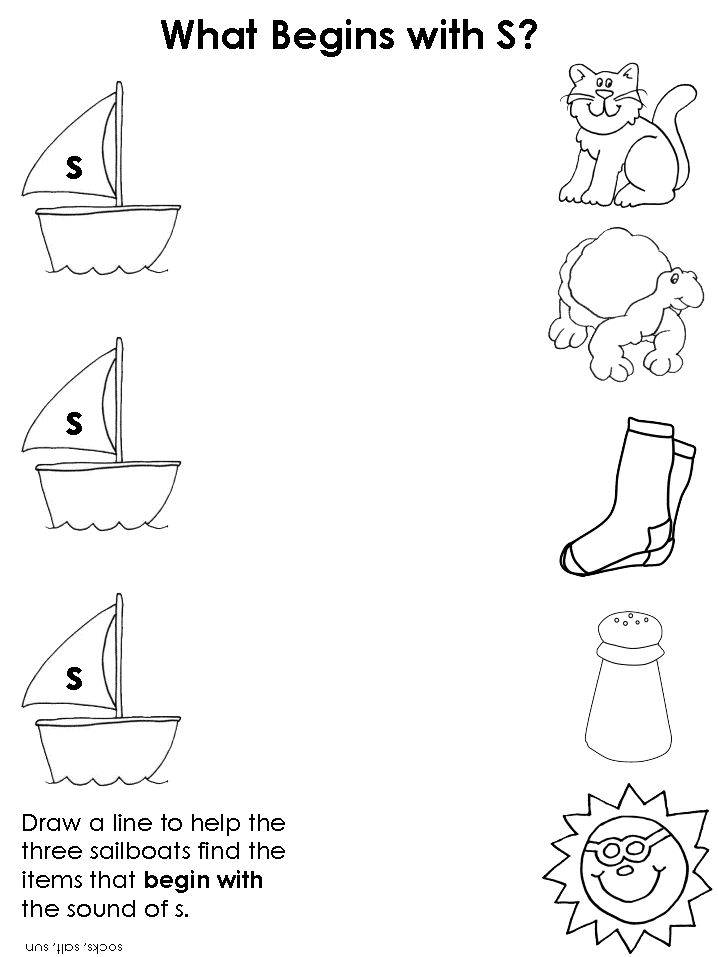
- Which square in the diagram will denote the sound [K]? (Blue box) .
- What is the second sound in the word CAT? (Second sound [O])
- Sound [O] what? (Sound [O] vowel) .
- Which square in the diagram will denote the sound [O]? (Red square) .
- What is the third sound in the word CAT? (Third sound [T]) .
- What is the sound [T]? (Sound [T] - consonant, hard, deaf) .
Which square on the diagram shall denote the sound [T]? (Blue box) .
- The sounds became friends. What happened? (CAT) .
- What letter will denote the sound [K]? (letter K) .
What letter shall we designate the sound [О]? (Letter O) .
What letter shall we designate the sound [T]? (Letter T) .
- Letters made friends. What happened? (CAT) .
It is important that the child learn what the sound of speech is, be able to differentiate sounds, divide words into sounds and syllables.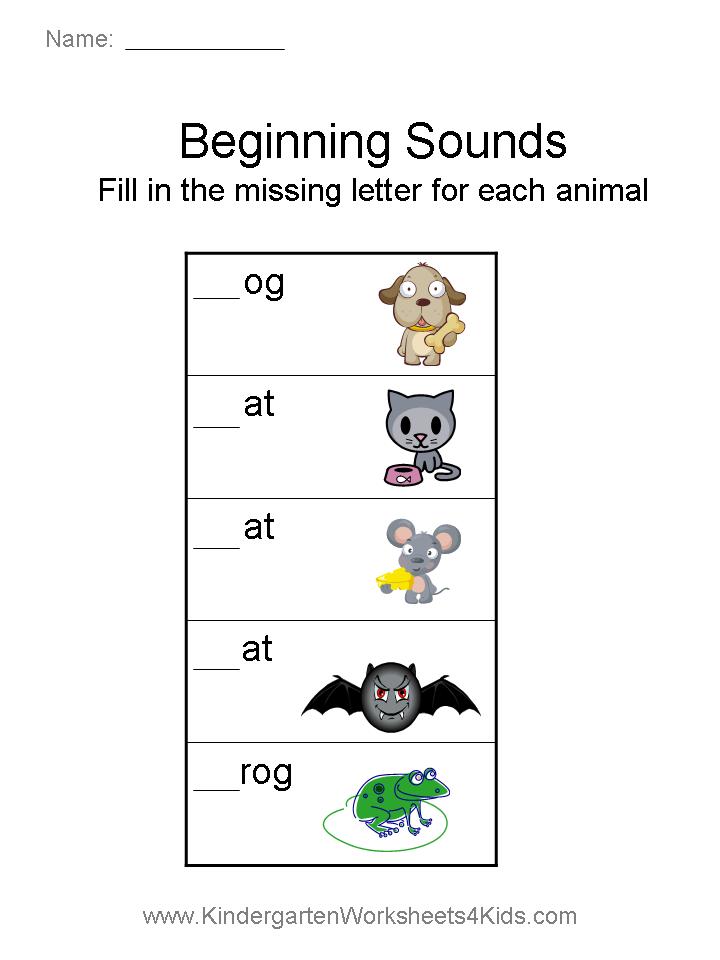 Only then can he easily master the skill of reading.
Only then can he easily master the skill of reading.
Letters are the graphic symbol of sounds. Often we are faced with the fact that children are taught letter-by-letter reading, i.e. children, seeing a letter, pronounce its name, and not the sound: pe, re. The result is "keote" instead of "cat" . Children have difficulty understanding the rules for voicing letters and letter combinations. This creates additional difficulties in teaching children to read.
In the method of teaching reading in kindergarten, it provides for the naming of letters according to their sound designations: p, b, k .... This makes it much easier for children to master the skill of reading. In order for the child to better learn the graphic appearance of the letter and for the prevention of dysgraphia at school (dysgraphia is a violation of writing) recommend the following tasks :
- "What does the letter look like?"
- In a row of letters, circle the given letter.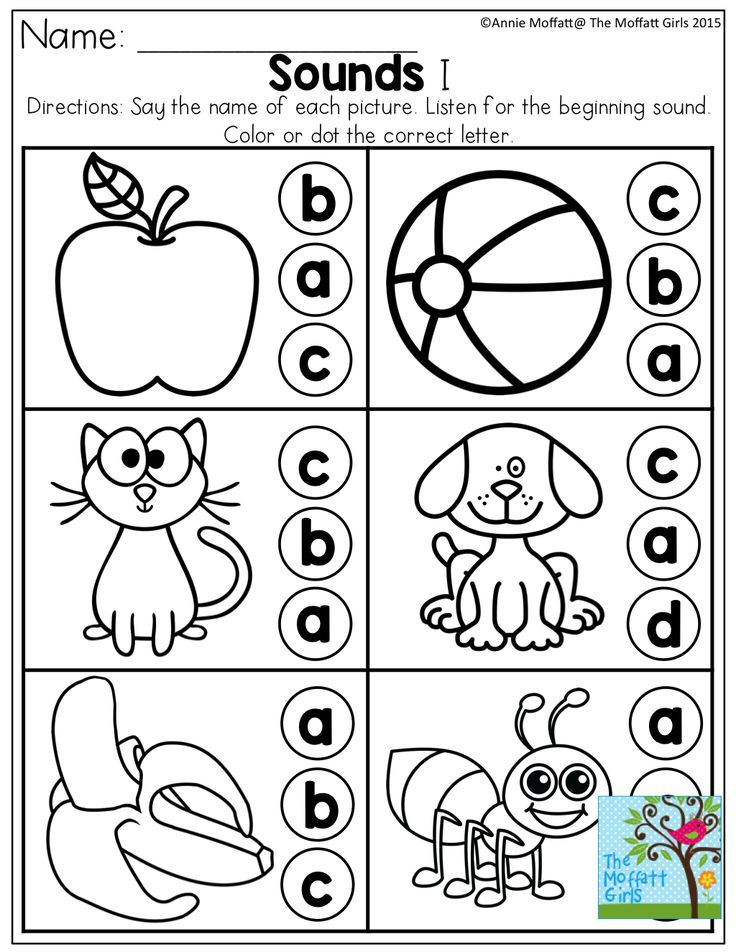
- Laying out letters from counting sticks, from a string on velvet paper,
mold from plasticine, etc.
DIDACTIC GAMES WITH CHILDREN FOR THE FORMATION OF SOUND ANALYSIS AND SYNTHESIS
1. "Clap your hands" - invite the child to clap his hands when he hears a word with a given sound.
2. "Identify the first sound in a word" - this game will teach children to hear, distinguish and identify the first sound in a single word.
3. Game - competition "Who will come up with the most words" with a given sound, or ask the child to find objects in the room (on the street, in the park, etc.) whose names have this or that sound.
4 "Beginning, middle, end": an adult pronounces words with a certain sound (for example, C), and the child determines its position in the word.
5. "Catch the last sound in your palm." Ask the child to slowly pronounce the word and pronounce the last sound, emphasizing in a voice, into the palm of your hand.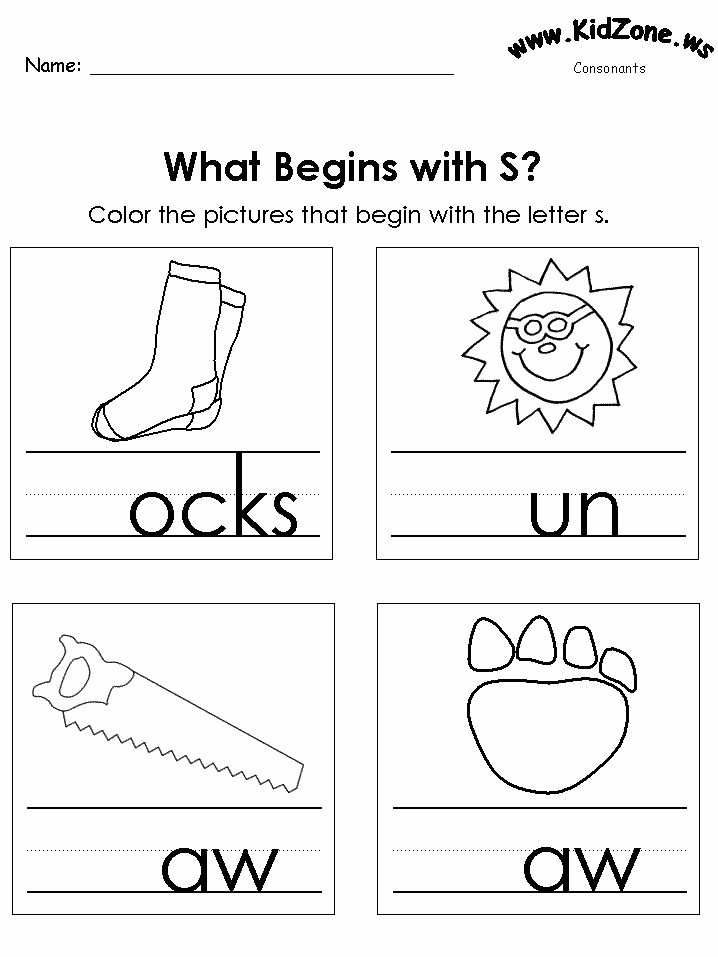 “What sound did you catch in your palm?”
“What sound did you catch in your palm?”
6. The game "The neck hurts." Say the whole word with your lips without sound, only the last sound aloud.
7. "Chain of words": each next word must begin with the last sound of the previous word.
8. "Collect the word": an adult pronounces a word by sounds, for example, D, O, M, and the child must guess what word it is.
9. While in the store, invite your child to choose from a variety of products only those in the names of which have a given sound.
10. Ball game "Finish the word" - adding the missing sound by the child, for example: BALL - SCARF, CAT - CATS.
11* Spread the word
An adult pronounces a syllable (word), and children, after preliminary analysis or without it, lay out a syllable (word) scheme from chips on a table, magnetic board or refrigerator door.
Sample syllables and words for sound analysis:
- Words from two sounds: UM, US, AH, OH.
- Words from three sounds: POPPY, HOUSE, WILLOW, BULL, DOWN.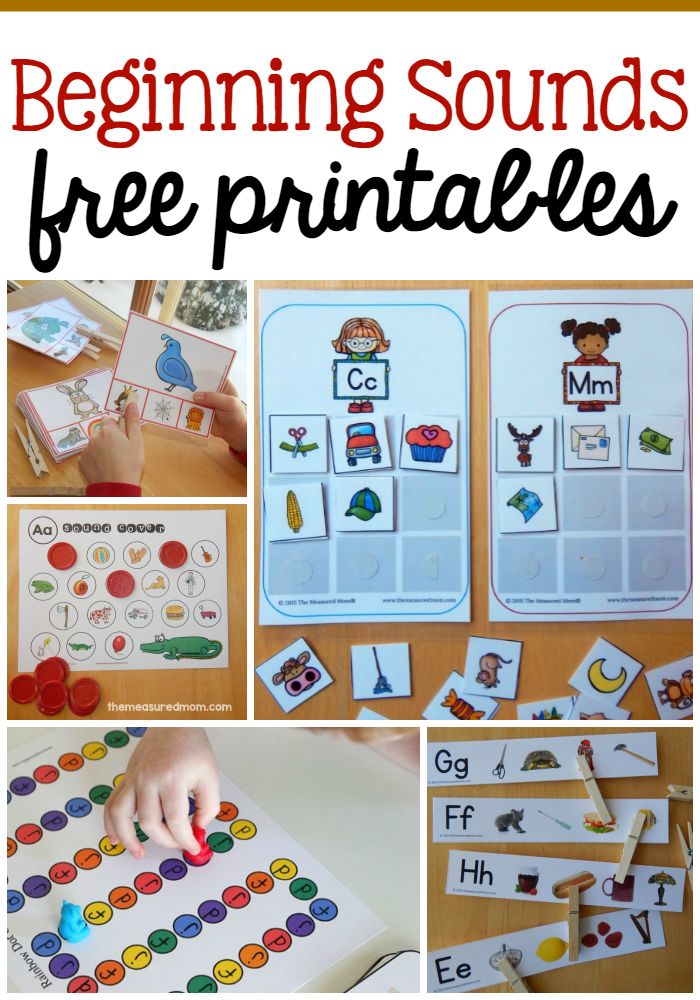
- Words of four sounds: MOM, VASE, STORK, GESE, DUCK, UMBRELLA, BRIDGE, TANK.
- Five-sound words: BAG, CAT, LEMON, SOCKS, BANANA, JAR. Etc.
A preschooler entering school must have the following knowledge and skills to successfully learn to read:
- Know that speech consists of sentences, sentences of words, words of syllables, syllables of sounds;
- Be able to distinguish a letter from a sound;
- Be able to distinguish sounds in words;
- Be able to determine the place of sound in a word;
- Be able to select words with a given sound.
In conclusion, I would like to note that the sound-letter analysis of words is necessary not only for teaching reading, but also for literate writing. It serves as the basis for the phonetic analysis of the word, which children perform in Russian language lessons throughout their education in secondary school and which is included in the Unified State Examination.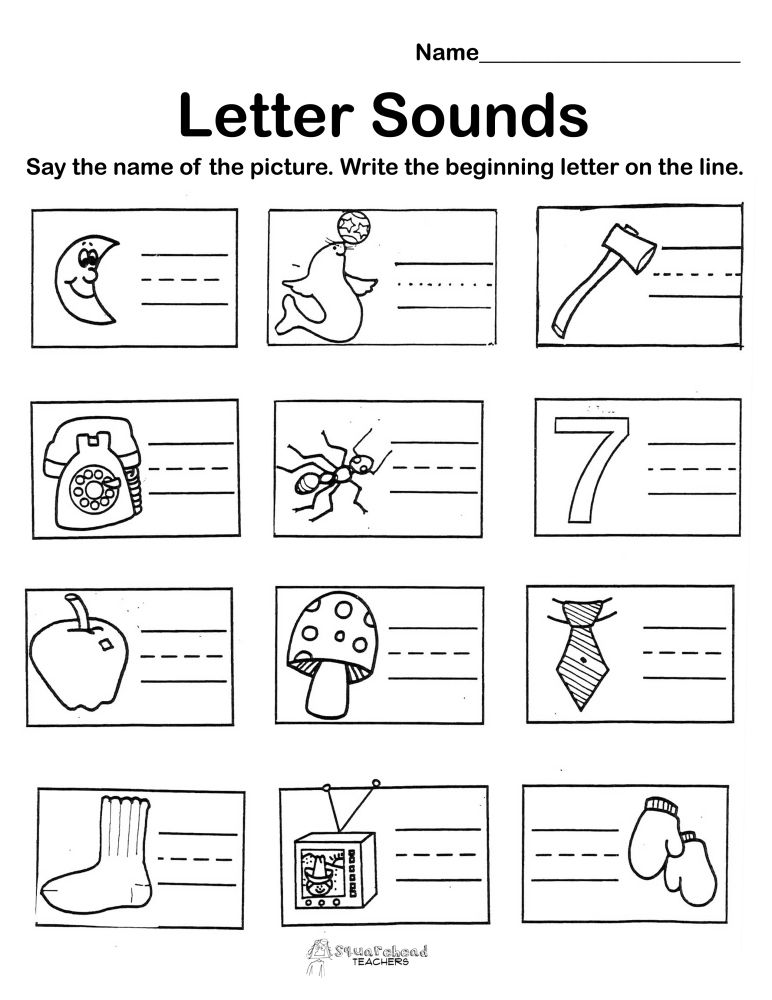
Successful education of a child in school can be carried out on the basis of a certain level of preschool readiness, which involves the formation of physical, mental and moral qualities in children, general psychological and special training. Schooling requires a sufficiently high level of general development of the child, the presence of appropriate motives for learning, mental activity, curiosity, sufficient arbitrariness, controllability of behavior, etc.
Remember, dear parents, it is in your power to help your child overcome the difficulties associated with speech disorders. By developing the skills of sound analysis and synthesis at home, you will certainly help your child in further successful studies at school!
Speech therapist in kindergarten
By the age of five, the child's speech should be basically formed: he should correctly build a phrase, clearly pronounce all the sounds of his native speech, his vocabulary should be quite extensive and rich.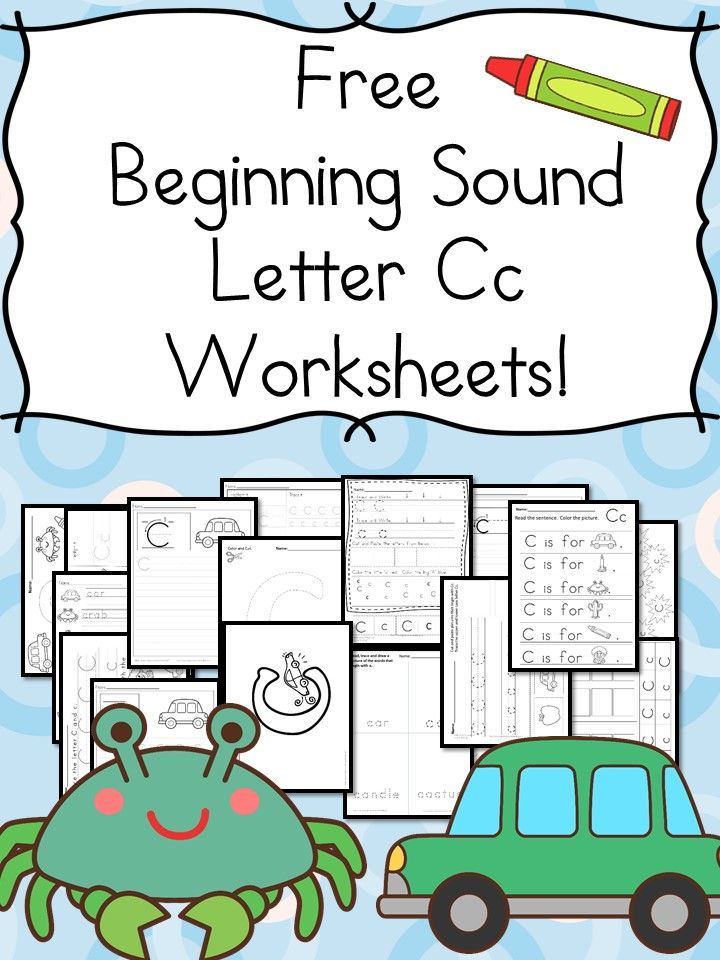 It must be remembered that the presence of pronounced speech disorders in a child usually affects his entire mental development. In order to create equal starting opportunities at the beginning of children's education at school, the position of a speech therapist teacher is introduced into the staff list of preschool educational institutions implementing preschool education programs. Children are given the opportunity to receive speech therapy assistance in their own institution.
It must be remembered that the presence of pronounced speech disorders in a child usually affects his entire mental development. In order to create equal starting opportunities at the beginning of children's education at school, the position of a speech therapist teacher is introduced into the staff list of preschool educational institutions implementing preschool education programs. Children are given the opportunity to receive speech therapy assistance in their own institution.
To organize the work of a speech therapy center in the MDOU, a room has been allocated with an area that meets sanitary and hygienic standards, which is appropriately equipped: furniture appropriate for the age of children, wall and individual mirrors, board games, toys, teaching aids.
The purpose of the work of a speech therapist teacher in a preschool institution is to provide the necessary corrective assistance to children aged 5 to 7 years. First of all, children of the preparatory and senior groups are included in speech therapy work.
Main areas of work:
-Examination of children of all groups;
-Conducting individual classes to eliminate speech disorders in children;
- Implementation of speech therapy control over the speech development of children and their preparation for schooling;
-Implementation of the relationship with educators, a teacher-psychologist, teachers of additional education, a physical education instructor, a music director and other specialists of the preschool educational institution;
-Promotion of speech therapy classes among employees, parents:
a) consultations for parents
b) consultations for educators.
The main forms of organizing work with children with speech disorders are individual lessons.
Areas of work of a speech therapist teacher for speech correction:
1. The development of phonemic hearing and the formation of phonemic perception.
Formation of semantic, syllabic, phonemic and sound-letter operations
analysis.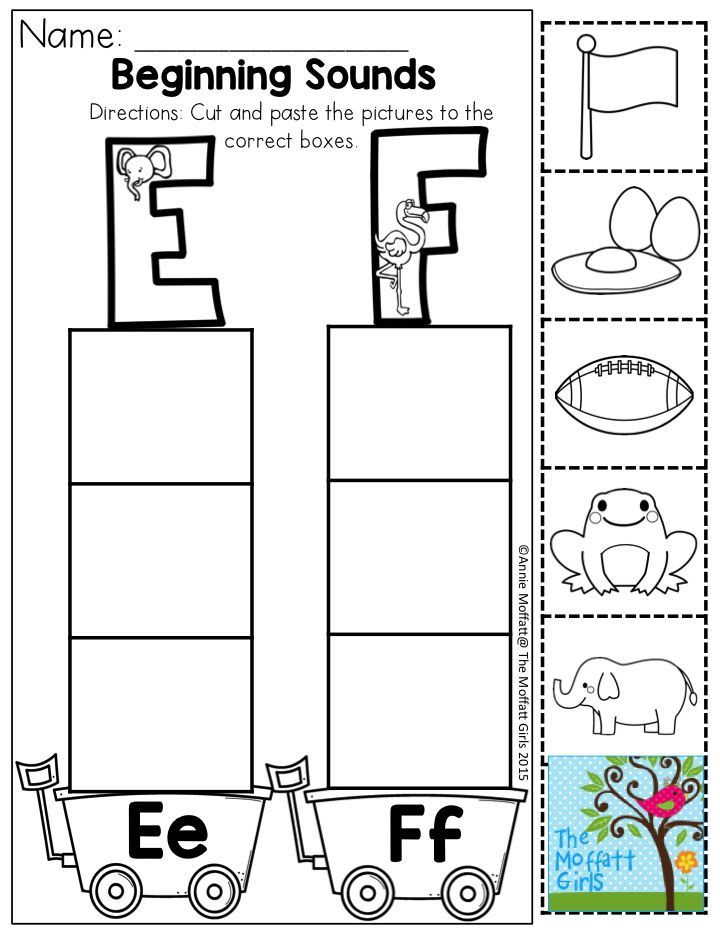
2. Formation of full-fledged pronunciation skills.
3. Dictionary grouping in semantic fields (at the stage of automation, differentiation
sounds and their introduction into speech).
4. Formation of operations of morphemic analysis and synthesis during word formation and
inflection;
5. Consolidation of grammatical categories accessible to age, taking into account corrected for
individual sound lessons.
6. Practicing the skills of perception and reproduction of complex syllabic structures,
consisting of correctly pronounced sounds.
7. Work on coherent speech in the process of introducing automated sound into speech.
8. Activation of acquired skills in specially organized speech
situations.
The success of joint correctional and pedagogical work with children with speech disorders largely depends on the properly organized interaction between the speech therapist teacher and preschool specialists (educators, teacher-psychologist, music director, physical education instructor and visual arts specialist, medical workers).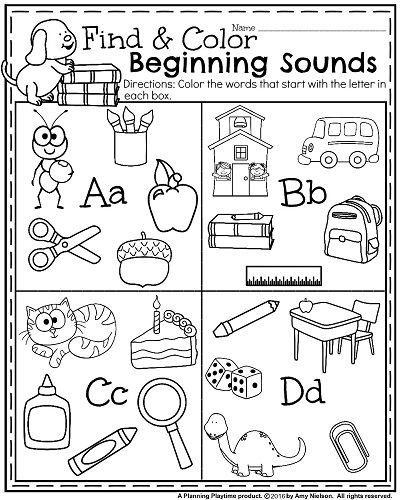 Each of them, solving their own tasks, determined by the educational programs and regulations of the preschool educational institution, takes part in the formation and consolidation of the correct speech skills in children, the development of the sensorimotor sphere, higher mental processes and health promotion.
Each of them, solving their own tasks, determined by the educational programs and regulations of the preschool educational institution, takes part in the formation and consolidation of the correct speech skills in children, the development of the sensorimotor sphere, higher mental processes and health promotion.
Monitoring
The level of formation of speech skills in children is reflected in the monitoring of the educational process. Monitoring is carried out 2 times a year in September and March. Based on the indicators of the September monitoring, an individual educational route for the development of the child is built. In January, an express examination of children is carried out. Dynamics is recorded in speech cards. At the end of the school year, the results of corrective work are recorded in the child's speech chart. At the end of the school year, a speech therapist examines children from other groups (younger, middle, older). This is necessary in order to determine in advance the load for the next academic year.